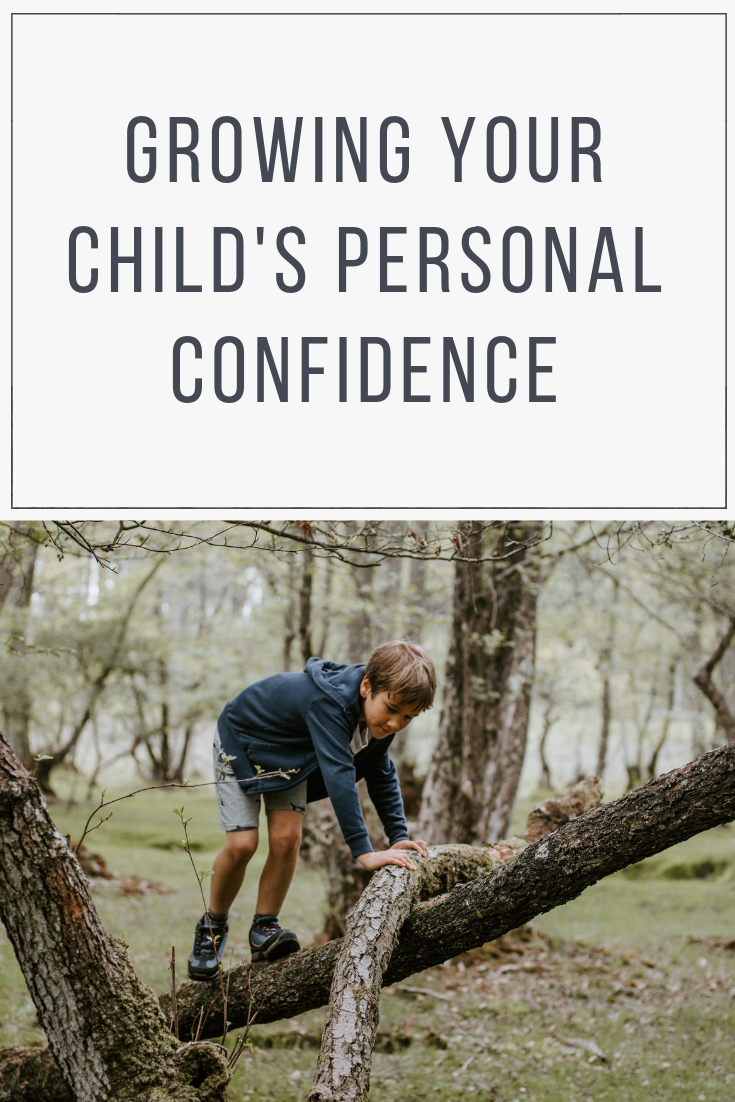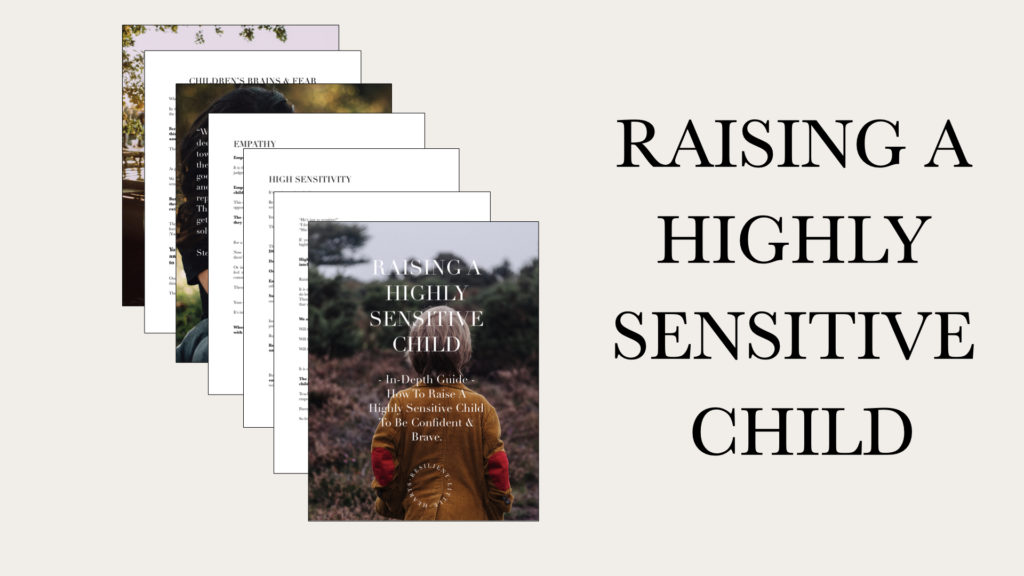Growing Your Child’s Personal Confidence
As parents one of our greatest desires for our children is that they will grow up to be confident in themselves.
Confidence is the feeling of self-assurance & certainty of one’s own abilities.
The reason we want our children to be personally confident is because we want them to feel good about themselves, to be internally strong, to know what their strengths are & to go after things that are important to them.
We cannot make our child be confident, but we can create an environment & give them tools to cultivate this internal development within them.

HOW TO GROW YOUR CHILD’S PERSONAL CONFIDENCE
We all have strengths and weaknesses. There will be areas in your child’s life that they are already confident. These may not be in areas that are obvious to everybody else, but they are there.
Sometimes when we become concerned about an area of development for our child we can get caught up thinking they have a problem with “confidence” in all areas, but often it is in a very specific area.
Maybe they are confident with schoolwork but not with sports.
Maybe they are confident with art & creativity, but not with maths.
Maybe they are confident with their close friends, but not with new environments.
The goal isn’t to change who your child is at their core, but to support them to grow into the best version of themselves.
For example, highly sensitive children aren’t going to develop into a non-sensitive child, but we can encourage them to lean on their strengths of sensitivity.
(For more support around ‘Raising A Highly Sensitive Child’, CLICK HERE FOR OUR BLOG)
What area do you want your child to grow in confidence & why is it important to you?
Is it a specific area you’d love to see them grow?
Or are you concerned at their critical inner voice that becomes loud with every situation?
This may seem obvious but very often we can forget the power of our words with our children.
True encouragement is not flattery, & your child will see straight through that. It is not telling your child that “you’re amazing” just because…
Encouragement is seeing who they really are, what their strengths are, what they have overcome, & speaking courage into those specific things.
It is speaking into their potential.
Encouragement builds internal confidence.
You can also encourage your child by sharing with them positive conversations that they aren’t necessarily a part of.
For example, if their teacher at school shares something with you or their friend’s parents share something encouraging, make sure to pass it along.
We live in a culture that sometimes teaches us the way to build self esteem is only through ‘positive affirmations’.
While it is important to speak positivity over ourselves, this is only one step of the process.
Confidence comes from competence.
Watch as a child struggles to do build or draw something, & then learns how to do it. Their confidence grows dramatically.
This is the same principle if your child struggles with fear. The only way to truly overcome our fears is to face them.
We have to allow our child the discomfort of doing hard things.
Especially if you want your child to grow in confidence in a specific area, allow your child to struggle, to get frustrated, to learn. You are giving them they space they need to grow confidence.
Sometimes it doesn’t matter how much we encourage our child, or how competent they grow in an area, they still have a critical inner voice.
Maybe their natural temperament is a little anxious or they are a perfectionist.
As a parent or educator, you can teach children about their own self talk.
We can teach our children not to believe every thought we think.
Here’s one way of teaching your child about their negative inner voice:
Meet ‘Fred’ – a grumpy but silly character that says mean things to us in our thoughts (you could even draw a picture of it).
Eg. “Ben doesn’t like you” or “you looked really silly when you spoke in front of the class” (you can use specific examples of things your child is struggling with)
When we listen to grumpy Fred it doesn’t make us feel very good.
How do you think we’d feel about ourself if we listened to Fred all day?
Fred isn’t very nice to us.
Would you be friends with Fred if he was a real person?
But Fred isn’t usually right – in fact he’s often wrong.
So we need to question those thoughts in our heads & really think about whether they are true.
Children that struggle with a particularly critical inner voice, need even more encouragement from those around them, to challenge the negativity they are telling themselves.
As humans, we create meanings from every situation we are in.
Our feelings aren’t created from a situation, they are created by the meaning we make about a situation.
This is why two different children can go through the same situation and come out with very different feelings.
For example: if two children fail a test at school, one child could create the meaning that they are a failure and are never going to be good at school; while the other child could create the meaning that they didn’t spend long enough preparing for the test.
The art of ‘reframing’ thoughts is not something that children naturally do, & therefore we need to help them, especially in situations they may be struggling with.
(For more support on ‘Teaching Your Child A Positive Mindset’, CLICK HERE FOR OUR BLOG)
True confidence is built over time, usually through a process of struggle.
As we equip our children with the tools they need to master their own thinking, & allow them to grow in competence, we will help them grow their personal confidence.











